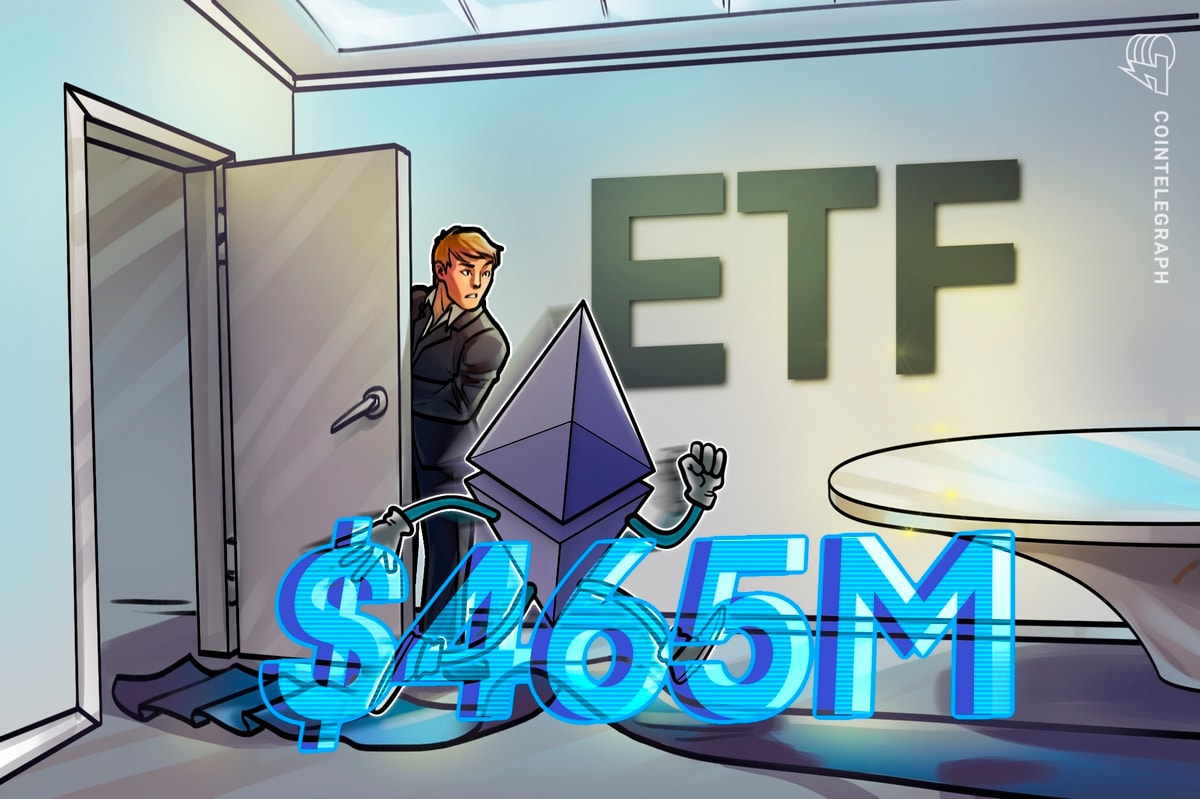Even as the Bank of Canada’s rate cuts make headlines, affordability challenges continue to squeeze Gen Z and younger millennials from both sides: rising rents and record-high housing costs.
“The return-to-office push has really redefined what ‘affordable’ means,” says Rishard Rameez, CEO and co-founder of Zown, a buyer-first real estate platform designed to help renters transition into ownership “faster, and with a lot less stress.”
Zown’s model is built for transparency, combining salaried realtors, trusted lenders, and instant pre-approvals. “Our goal is to put buyers first, not the system, by giving them more transparency, more support, and even up to 1.5% of the home purchase price back at closing,” Rameez explains. “So far, we’ve supported over $300 million in transactions and helped thousands of Canadians take that next step into homeownership with confidence.”
The return-to-office squeeze
As more companies call employees back into the office, whether hybrid or full-time, young renters are being forced to rethink how—and where—they live. “A lot of young renters who moved to smaller cities during the pandemic are now faced with either long commutes or higher rents if they want to be closer to work,” says Rameez. “Many are choosing smaller spaces downtown, splitting rent with friends, or even taking on micro-apartments to cut travel time.”
The financial strain of this shift goes beyond rent alone. “People are factoring in the total cost, not just rent, but transit, groceries, and time, and trying to find a balance between affordability and quality of life.”
Those unable to pay downtown prices are commuting longer distances to get to and from work each day. “We’re seeing a growing number of renters priced out of downtown who are now choosing longer commutes instead,” he says. “Many young professionals who work in the city are coming in from places like Hamilton, Kitchener, and even Niagara. They’re spending hours each day commuting—time that could otherwise be spent with family or on personal pursuits.”
Best savings accounts in Canada
Find the best and most up-to-date savings rates in Canada using our comparison tool
Despite the grind, many find the math still adds up. “For those who drive, the cost of parking and gas still often works out cheaper than renting downtown, which shows just how unaffordable the [Toronto] core has become.”
According to Rameez, this isn’t just an economic shift—it’s psychological. “People want flexibility, not just geography. During the pandemic, many prioritized space; now, they’re prioritizing access.”
Housing affordability’s double burden
Even with the central bank easing rates, “affordability is still constrained by limited supply and high demand,” Rameez says. “The problem is structural; we simply don’t have enough homes being built fast enough. When rates fall, demand jumps back up almost instantly, pushing prices higher again.”
And for renters, “The effect is even more muted because rent prices aren’t tied directly to borrowing costs. What we’re seeing is people earning the same but paying more for everything: housing, food, and transportation, which leaves very little room to save.”
That squeeze has created what Rameez calls a “double burden”—the simultaneous pressure to keep up with rent and save for a down payment on a home. “There’s a recent report showing that nearly half of young Canadians are now spending more than 50% of their income on rent, which leaves very little room to save for a down payment or build an emergency cushion,” he says. “They’re caught in a loop where rent keeps rising faster than wages, so even the most disciplined savers feel like they’re standing still.”
To make matters worse, “Many homeowners 55 and up are choosing not to downsize because they either can’t find suitable alternatives or don’t want to give up their low mortgage rates,” he adds. “That’s keeping much-needed housing stock off the market and making it even harder for younger buyers to find entry points.”
Still, Rameez sees opportunity in the cracks. “We’re seeing a lot of renters now debating whether it makes more sense to own, particularly because condo prices have softened. In some cases, the cost to own is only a few hundred dollars more than renting, which is making buyers take a closer look.” He notes that Zown has seen “a 15–20% increase in interest from first-time buyers in the downtown condo segment, something we haven’t seen in quite some time.”
Related reading: Mortgage guide for Gen Z: The true costs of home ownership for young Canadians
Creative housing hacks are on the rise
For those still renting, flexibility and creativity have become survival tools. “Co-living is definitely back, but it looks different now, furnished, managed, and community-driven,” says Rameez. “We’re also seeing flexible lease models where people can move between cities or properties within a network. It’s ideal for younger professionals who want stability without being locked in.”
Compact living is also on the rise. “Micro-apartments and modular housing are also gaining traction in urban centers,” he adds. “It’s about efficiency, using space smarter, not necessarily smaller.”
Multi-generational living, once considered a last resort, has quietly gone mainstream. “A few years ago, living with parents was often seen as a fallback; now, it’s a financial strategy,” says Rameez. “It allows younger Canadians to save, pay off debt, or build their down payment faster.”








